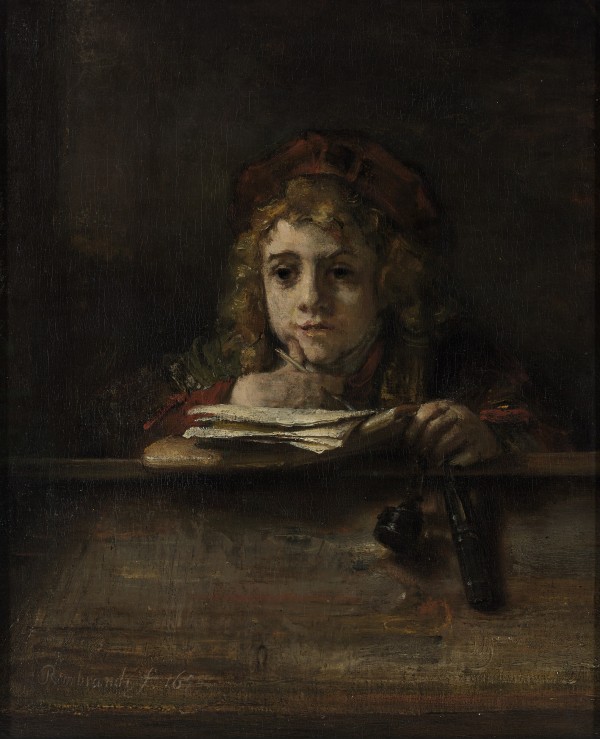Worldpower
The foundation of the Dutch East Indies Company (V.O.C.) in 1602 is seen by many as the start of the so called 'Golden Age'. The V.O.C. had the monopoly on trade with Asia and became the largest trading organisation in the world. Their ships ruled the oceans of the world. Trade in spices in particular generated enormous profits.
The year 1609 is also viewed as a very important moment. In that year, a truce was signed with Spain in the Eighty Years War. Until this time, the Netherlands had been part of the powerful Spanish empire; now it achieved greater independence. After 1648 it even became an independent republic, with freedom of religion and economic and political independence.






































































